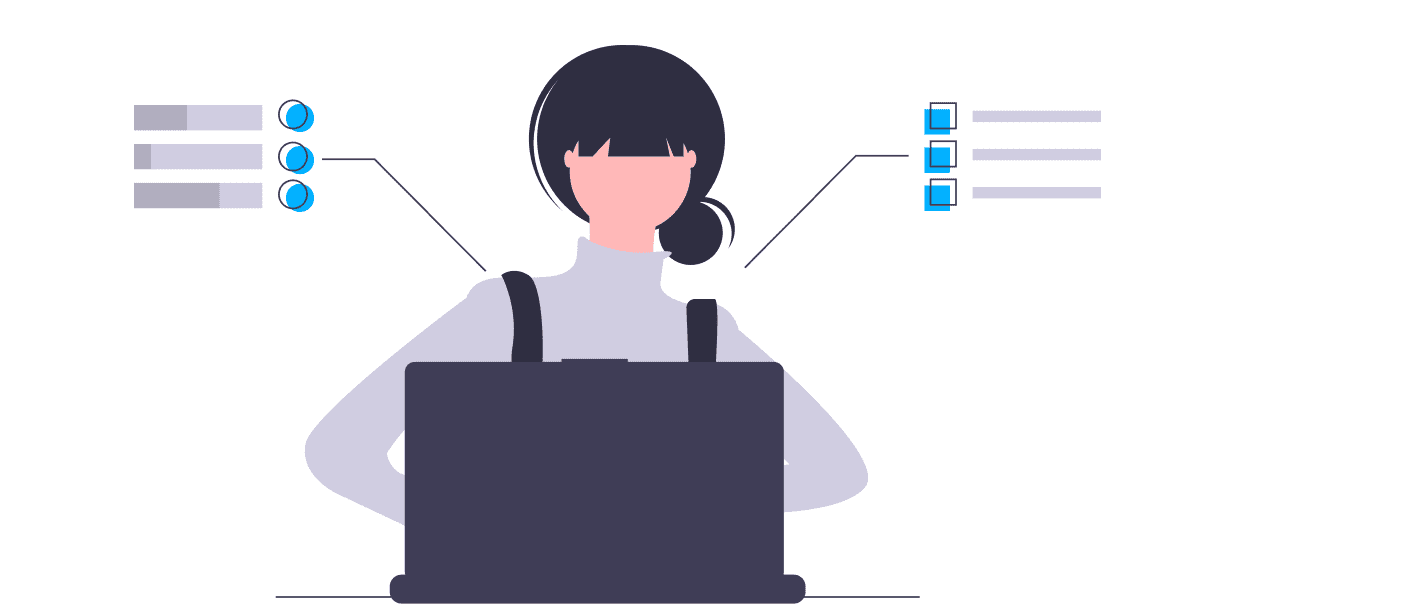Sprints
Working in Sprints is a great way to complete complicated projects. By dividing your project into smaller and more achievable tasks, you can ensure the quality of the product and deliver it on time.

Infelizmente, o conteúdo desta página não está disponível no idioma selecionado.

Develop deliverable product or project increments and see how your Sprints build upon previous ones on your path to reaching your objectives!
Sprints are considered the cornerstone of Agile management. That’s because they help businesses satisfy the main condition of the Agile approach - to deliver working products frequently. Sprints also allow you to quickly respond to change instead of stubbornly following a determined plan.
In a nutshell, Sprint is an iterative, time-boxed period when a team is expected to complete a set of tasks and present the results for a review.
Sprint can include any amount of tasks as long as it has concrete deadlines. However, usually, Sprint consists of a small identifying scope of tasks that are all associated with the same Objective or Key Result.
While the ideal Sprint duration will depend on your team, business, and corporate culture, in general, it should be from 1 week to 1 month long. Shorter Sprints allow PMs to identify problems faster but are sometimes inconvenient. So many businesses lean towards longer Sprints, even though this somewhat contradicts Agile’s ideology of dealing with problems the earliest.
Organize your tasks into stages, set the duration of each stage, and stick to this plan in the future.
Sprint planning is usually performed in the form of a meeting. During it, the manager, the team, and any other stakeholders should answer two questions:
Using this framework in the KeepSolid Goals app - the best online sprint planning tool - is especially convenient. On the Kanban tab, you will be able to create a new Sprint (if this feature was enabled when initially creating the Objective) and add existing tasks from the Backlog to this Sprint. This will provide you with a clear understanding of what needs to get done.
As the tasks are getting completed, you will be able to move them between different statuses (To Do, Analysis, In Progress, Review, Done). Monitor your team’s performance and manage the Sprint to see it come to fruition.
There are 3 significant advantages of agile project management. Here they are:
1. Optimized work process
You needn’t wait until the end of a part of the project if it has no dependencies with other parts that you are going to implement next. Works that don’t have any dependencies can be done in parallel.
2. Only necessary documentation
You need no huge documentation throughout the project with agile management. So you document only the important things such as a plan of tasks implementation or set KPIs for Key Results.
3. No reworks and retrofitting
At the very beginning, your client should describe what product they want to receive and what issues this product should solve. Agile project management implies an iterative approach. It means you have multiple steps of the project and a set of tasks that should be done in these steps. You need to engage with your client at the end of each step to receive feedback and quickly fix wrongs and inaccuracy if need be.
A 14-day free trial is a perfect ability to check out Goals features and figure out how exactly its benefits work for objectives and projects.